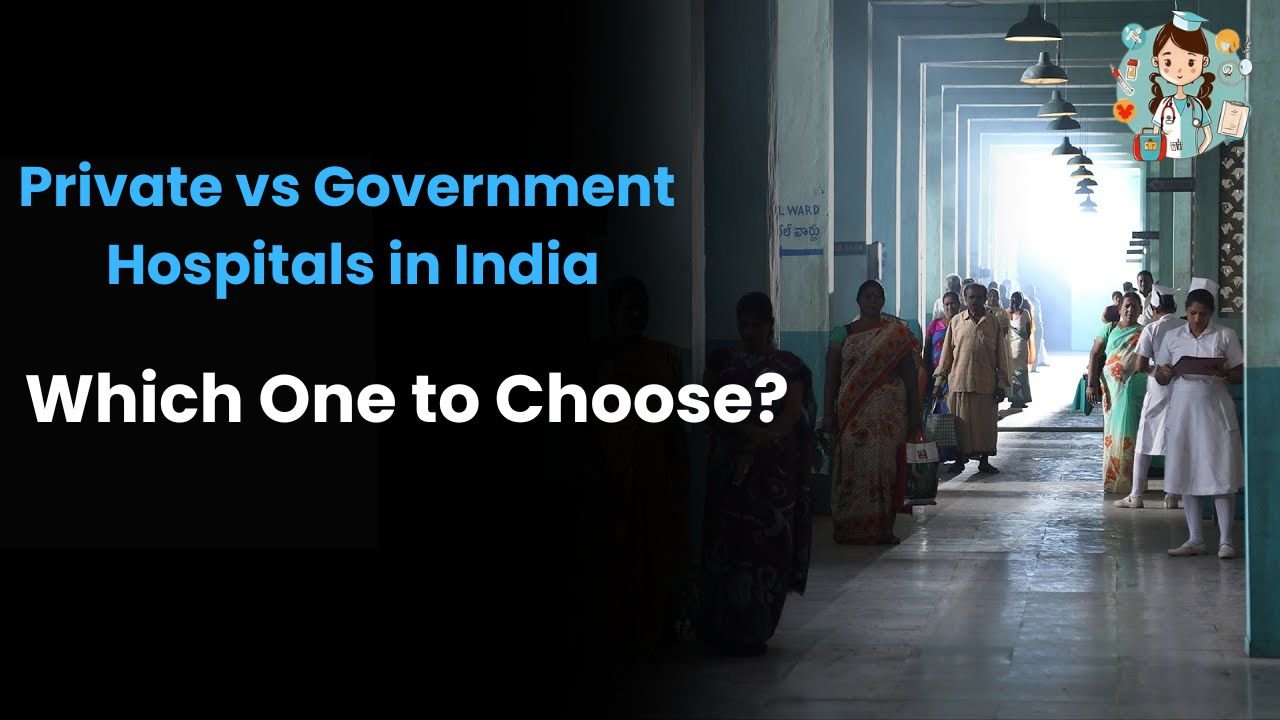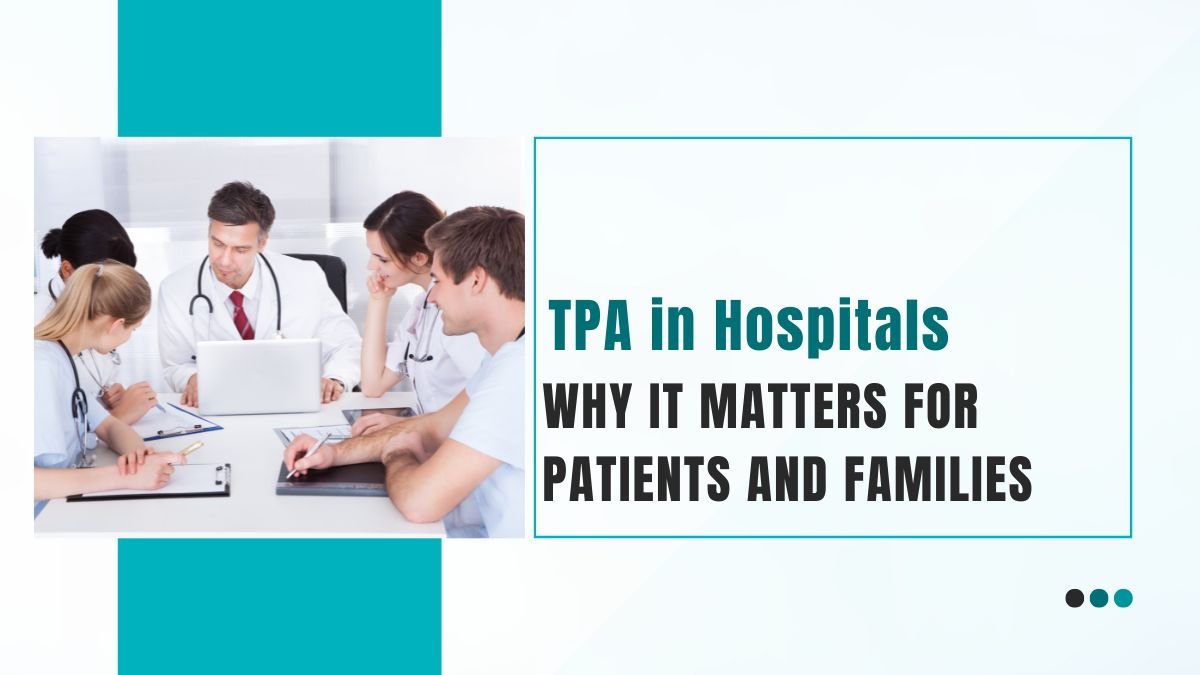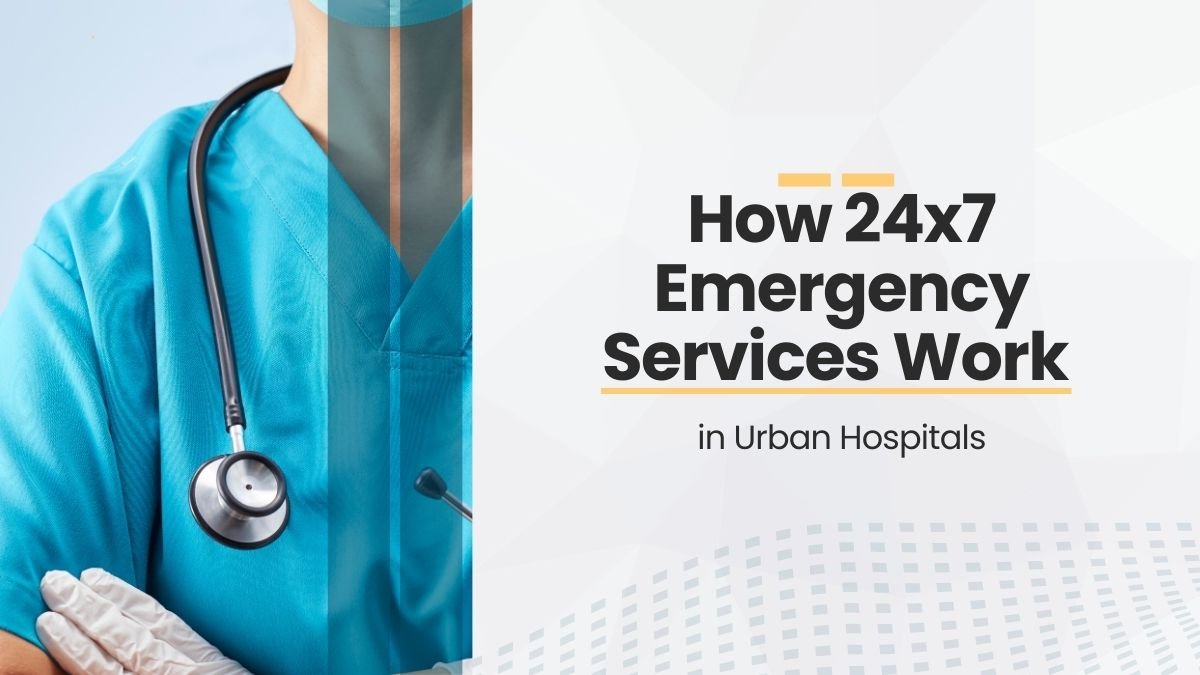India’s Healthcare System – A Complete Overview
India is one of the largest and most diverse countries in the world. With a population of over 1.3 billion, this country is facing many big challenges in terms of making healthcare accessible to everyone. The government health system in India is considered the primary provider of medical care, but still many people still depend on private hospitals. The reasons for this are – long queues in government hospitals, weak infrastructure and lack of trust of people.
Now the question is – isn’t healthcare a right of every citizen? Yes, it is, but the reality is that India’s healthcare system is still scattered and incomplete.
India’s healthcare system – divided into two parts
India’s healthcare system is mainly divided into two parts – public and private.
Public Healthcare:
- It is completely run by the government.
- Most of the facilities are available for free or at a very low cost.
- There is more focus on primary healthcare – such as vaccinations, child care, delivery facilities, etc.
- In rural areas, government healthcare is the first and sometimes the only option.
But the problems are also not less:
- Long queues and crowds in hospitals
- Lack of adequate doctors and staff
- Unavailability of modern machines and medicines
- Questions are often raised on the quality of treatment
Private Healthcare:
- It is run by private companies or trusts.
- The facilities are state-of-the-art – like machines, air-conditioned rooms, specialist doctors, etc.
- The cost of treatment is high, but the services are considered fast and good.
But private hospitals also have some challenges:
- The cost is so high that poor and middle class people are afraid to go there.
- Many times there is no transparency regarding fees and treatment charges.
- For the poor and rural people, these services become a distant thing.
How much is the government spending?
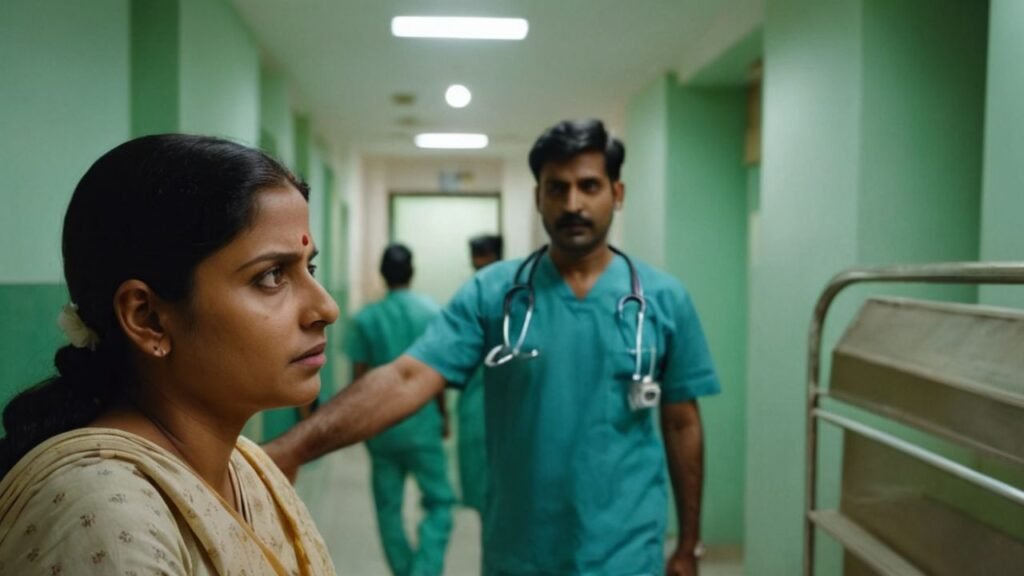
India has increased spending on health in the last few years, but it is still less than other developed countries of the world.
- In 2020-21, 1.6% of GDP was spent on health.
- This has been increased to 2.1% in 2022-23.
- The target is to increase it to 2.5%.
The impact of this increased spending can be seen on the ground, such as more health and wellness centres, upgradation of primary hospitals, and recruitment of doctors.
Public vs Private Healthcare – Comparison at a Glance:
| Scale | Government hospitals | Private hospitals |
|---|---|---|
| Cost | Very low or free | Very high |
| Availability | Both rural and urban | Mostly in cities |
| Quality | Needs improvement | Generally better |
| Services | General treatment and prevention | Specialist and advanced treatment |
| Specialisation | Limited doctor specialists available | Specialists usually available |
Who do the common people choose?
Surprisingly:
- About 70% of people prefer private hospitals, even though the cost is four times higher.
- 72% people in villages and 79% in cities do not trust government hospitals.
Why?
- Lack of cleanliness in government hospitals, delay in treatment and indifference of staff
- Treatment is quick in private hospitals, doctors give time and facilities are better
But is it accessible to everyone? Absolutely not.
Difficulties of rural India
- 65-70% of India’s population lives in villages, but there is a huge shortage of doctors here.
- Only 2% doctors serve in rural areas.
- People have to go 20-30 kilometers away to get treatment.
- Many times even a simple disease becomes serious just because of not getting timely treatment.
Treatment and inflation – another big concern
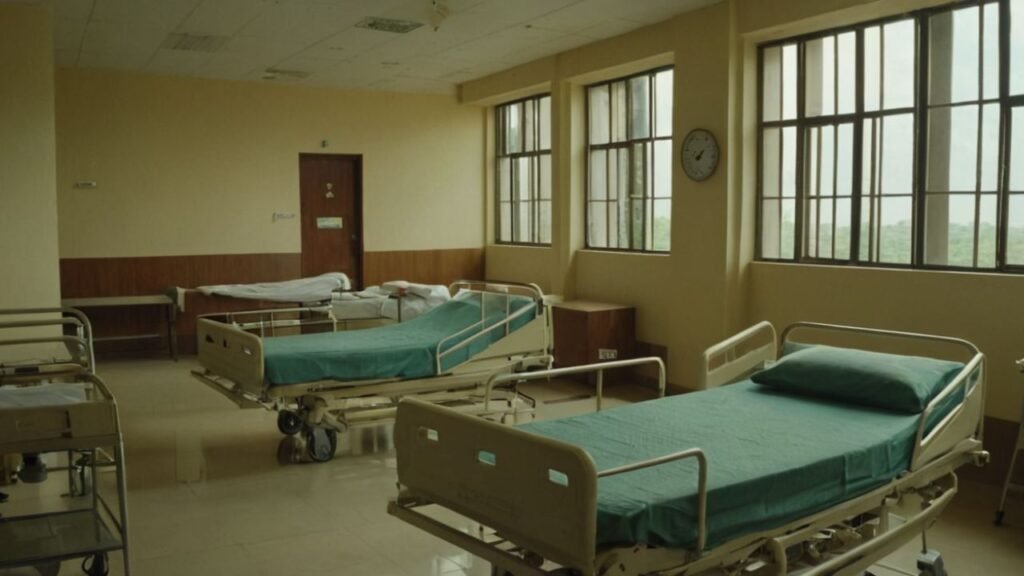
Medical inflation rate in India was 7.14% (2018-19), while retail inflation was only 3.4%.
This means that treatment is now becoming out of the reach of the common man.
Example: For a middle class family, a major operation or treatment can cost lakhs. If they do not have health insurance, they may have to take loans or cut down on expenses like their children’s education.
Medical tourism – a strength of India
Another specialty of private hospitals in India is – world-class treatment at low cost.
- Medical tourism (people coming from abroad for treatment) is growing every year.
- Indian doctors are known worldwide.
- The private healthcare industry was set to reach ₹8.6 trillion by 2022.
Some important steps towards improvement
The government, the private sector and the general public – all have to work together to improve India’s healthcare system.
Possible solutions:
- Increase spending on health – especially at the rural and primary level.
- Recruit more doctors and nurses.
- Strengthening health infrastructure – such as modern machines, buildings, testing labs.
- Promoting health insurance, so that every family can get financial security at the time of treatment.
- Bringing accountability and transparency in government hospitals – such as price list, complaint redressal mechanism etc.
- Controlling rates and setting standards in private hospitals.
Ayushman Bharat Yojana – Hope for change
The government has launched PM-JAY (Ayushman Bharat) Yojana, which is India’s largest health insurance scheme.
- Its objective is to provide free treatment up to ₹ 5 lakh to every poor family.
- More than 1.5 lakh health and wellness Centres are being opened.
- This will reduce people’s out-of-pocket expenditure.
If this scheme is implemented properly, it can bring revolutionary changes in India’s healthcare system.
Conclusion – Change is necessary now
Providing good treatment to everyone in a large country like India is not an easy task, but it is not impossible either. For this, we need not just to build big hospitals, but a strong, reliable and equal healthcare system. Every citizen should get the right to get treatment without worry when he is sick – whether he is in a village or a city, rich or poor.
If the government, private companies and all of us work together in this direction, the day is not far when India’s healthcare system will also be included in the best systems in the world.
If you found this article useful, then definitely share it with your friends, family or on social media. Someone’s life can change with this.
